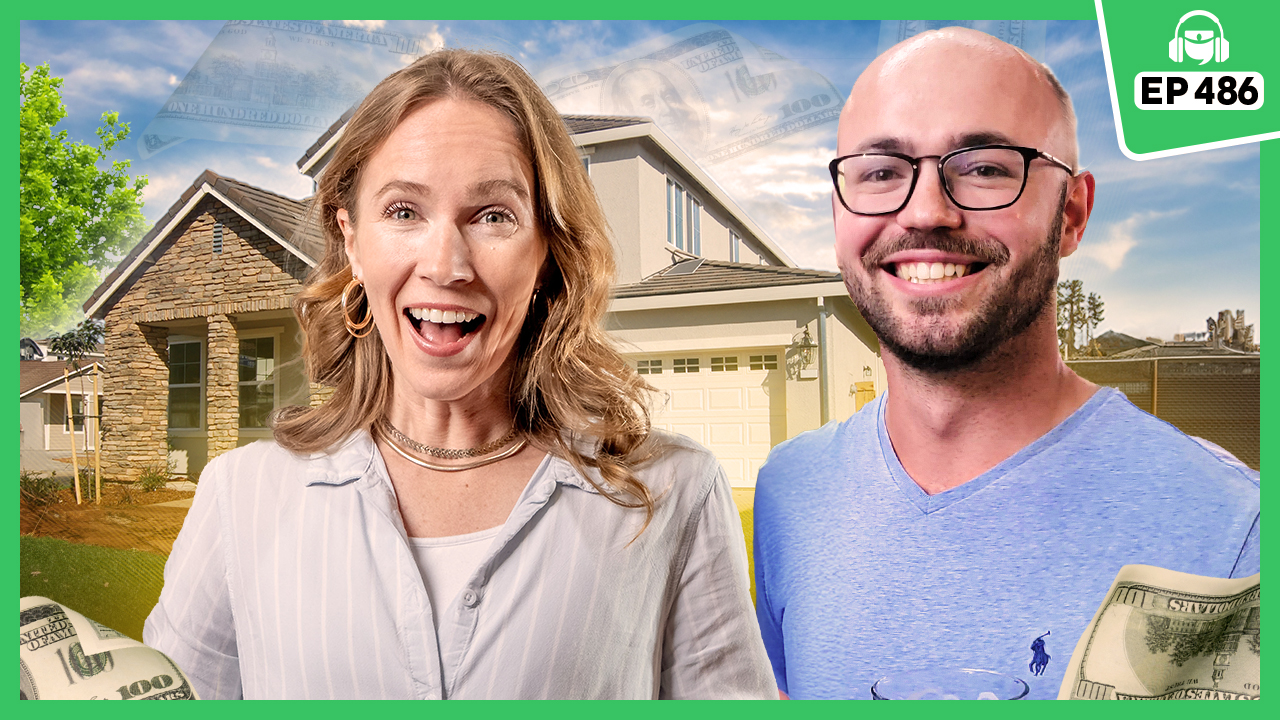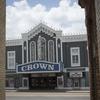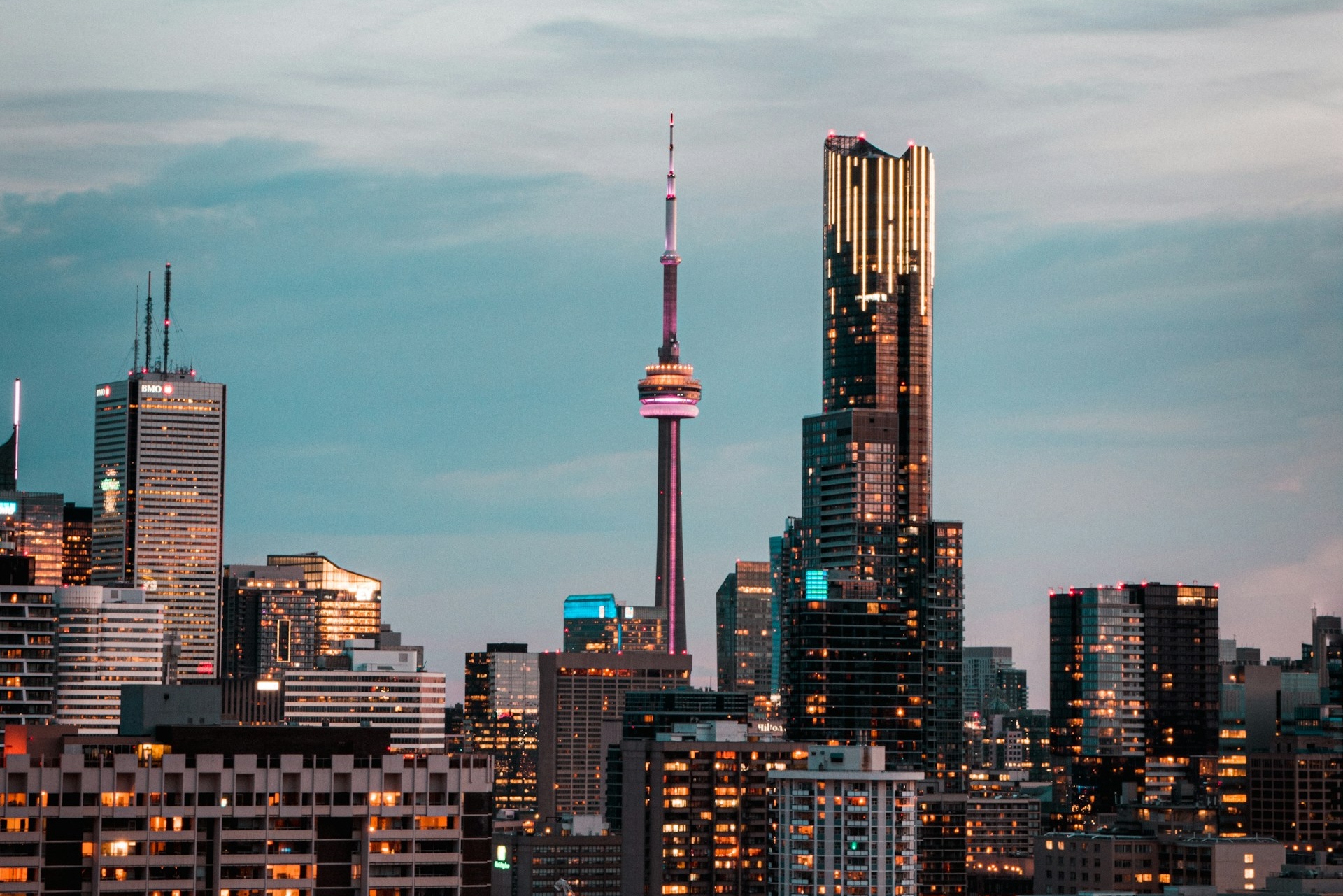The town of Paynesville is home to the most cash property purchases in Victoria.
Forget the mortgage, almost a quarter of all Victorian homebuyers are paying cash.
Home loan-free sales now account for more than 60 per cent of all residential property purchases in Paynesville in the state’s south east, 57.4 per cent of those in Maryborough north west of Melbourne and 51.8 per cent of those in city’s CBD.
The coastal hamlets of Loch Sport, Lakes Entrance, St Leonards and Wonthaggi also had more than half their homes sold to cash buyers, according to new figures from the nation’s largest online settlements platform PEXA.
RELATED: Victorian home prices: Best and worst-performing areas since Albo became PM
Victorian suburbs where owners have enough spare cash to buy another property revealed
Melbourne couple share savvy savings trick that has them bayside bound after a pay cut
In total, Victoria had 41,905 homes sold state wide without a loan in the past financial year — 24.2 per cent of the total.
But PEXA chief economist Julie Toth said the $36bn in sales showed a “structural difference” between Victoria and the rest of the eastern seaboard, as the state was lagging behind NSW, where 27 per cent of sales go to cash purchasers, and Queensland where more than 28 per cent of transactions don’t come with a mortgage.
“That does signal that a bigger share of Victoria’s market depends on being able to get a mortgage, and that does make Victoria more sensitive to interest rates,” Ms Toth said.
VICTORIA’S TOP CASH FOR HOMES POSTCODES
Paynesville (3880): 60.1% — $462,500
Maryborough (3465): 57.4% — $364,000
Melbourne (3000): 51.8% — $576,200
Loch Sport (3851): 51.3% — $300,000
Lakes Entrance (3909): 50.8% — $420,000
87 Stirling Drive, Lakes Entrance, recently sold for $600,000 and gives an idea of what homes in the coastal town are like.
St Leonards (3223): 50.4% — $755,000
Wonthaggi (3995): 50.4% — $475,000
Carlton (3053): 49.6% — $485,000
Campbells Creek (3451): 49.3% — $300,000
Point Lonsdale (3225): 48.8% — $808,778
Source: PEXA
The economist noted that Carlton having close to half its home sales handled by cash, and the Melbourne CBD having even more, could reflect higher numbers of student accommodation and studio apartment sales — both of which are traditionally difficult to get bank finance for.
Land Insight co-founder Tim Osborne said environmental factors were a factor for sales in areas like Paynesville, Loch Sport and Lakes Entrance, which were consistently in the state’s top areas for cash purchases.
“The prevalence of cash transactions in these locations might reflect reluctance among lenders to provide loans, as properties in these areas can be at high risk of coastal flooding,” Mr Osborne said.
Ms Toth added that this was potentially a worrying sign, as it could reflect that insurers were not backing sales in these areas — which had been seen interstate in recently flooded areas, as well as in high bushfire risk zones.
38 May Park Drive, Paynesville, snared an $850,000 sale recently and while it was not a cash purchase, it is similar to the types of homes that are attracting such offers.
If that trend broadened in parts of Victoria, the economist warned it would effectively lock large segments of some demographics out of the market, such as first-home buyers — many of whom could not afford to pay cash for property.
However Obrien Paynesville agent Shaun Caar said the Gippsland Lakes hamlet’s cash sales were predominantly driven by farmers from across the region retiring to the town where they could buy a home with a boat berth along a canal and enjoy fishing daily.
“There are a lot of them out there where they have had the bigger property and this is their final home,” Mr Caar said.
He added that the area was also home to more affordable housing that did attract first home buyers.
Real Estate Buyer’s Agent Association of Australia Victorian representative Matthew Scafidi said many of those paying cash for property in coastal areas couldn’t get a home loan if they wanted one.
Home sales for properties like 15 Kennedy St, Maryborough, helped the regional township to second place on the list of postcodes with the highest share of cash purchases.
“A lot of these people are downsizers and they don’t want a loan … and they are probably not working anymore, and the banks are really tightening up on serviceability,” Mr Scafidi said.
“But people are cashing out in Melbourne for $1.5m, for example, and buying for $800,000 or $900,000 and getting something similar but closer to the beach.”
The Abode Advocacy Group founder added that a number of sales in Melbourne’s CBD could also be to Sydneysiders and internationals purchasing a bolthole for while they are in town for business.
PEXA’s figures show Melbourne’s CBD topped the list of postcodes with the highest value of cash sales at $1.053bn. Brighton was next with $735.1m, followed by Toorak at $720.2m and Kew at $503m.
Boltholes like 8201/228 La Trobe St, Melbourne, have been popular with Sydneysiders and international business people looking for a place in Melbourne. Most of whom pay cash.
However, with the median price for these purchases below the wider suburb’s typical median house price, Ms Toth said it was likely significant numbers of the sales were for units.
The economist also noted that the high value of cash purchases in Glen Waverley and Balwyn could also reflect purchases by recent migrants, who were coming in cashed up after selling abroad — or securing funding without a mortgage directly over the home, such as extending existing finance offshore.
Sign up to the Herald Sun Weekly Real Estate Update. Click here to get the latest Victorian property market news delivered direct to your inbox.
MORE: Urbis City Leaders Survey: Aussie executives fears for housing crisis
Adrian Portelli: could mega Block buyer be eyeing Dustin Martin’s Abbotsford property?
Josh Miller and family selling Bearii home with golf course where he met Steph Claire Smith



















 English (US) ·
English (US) ·